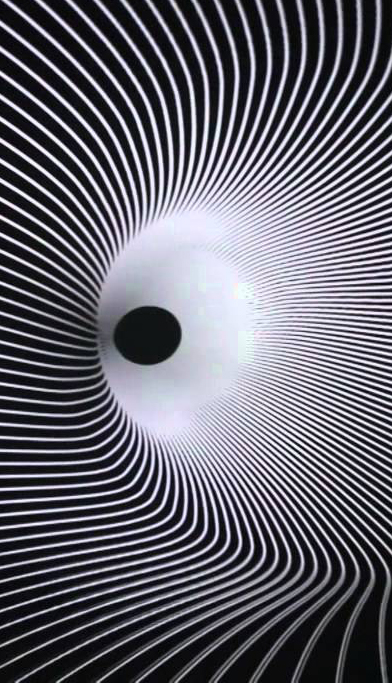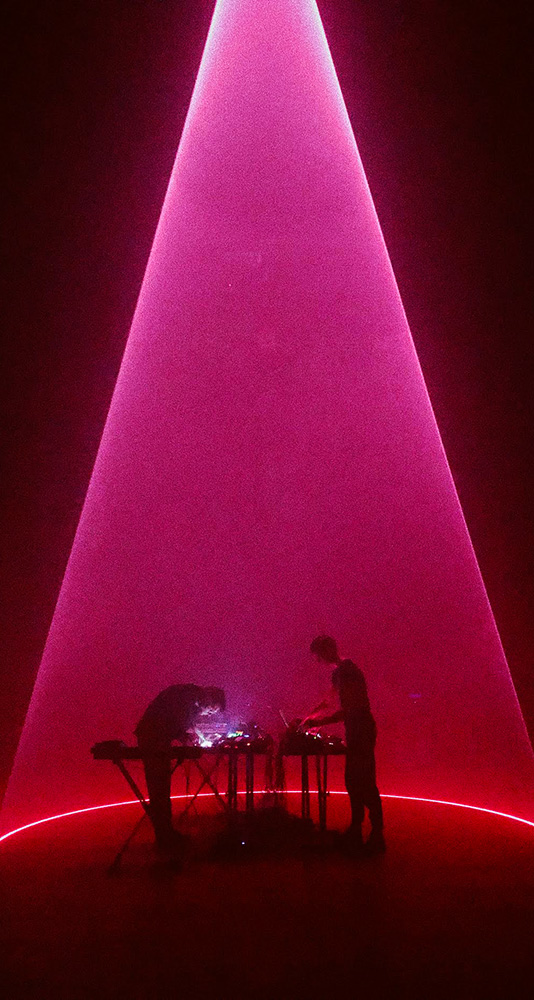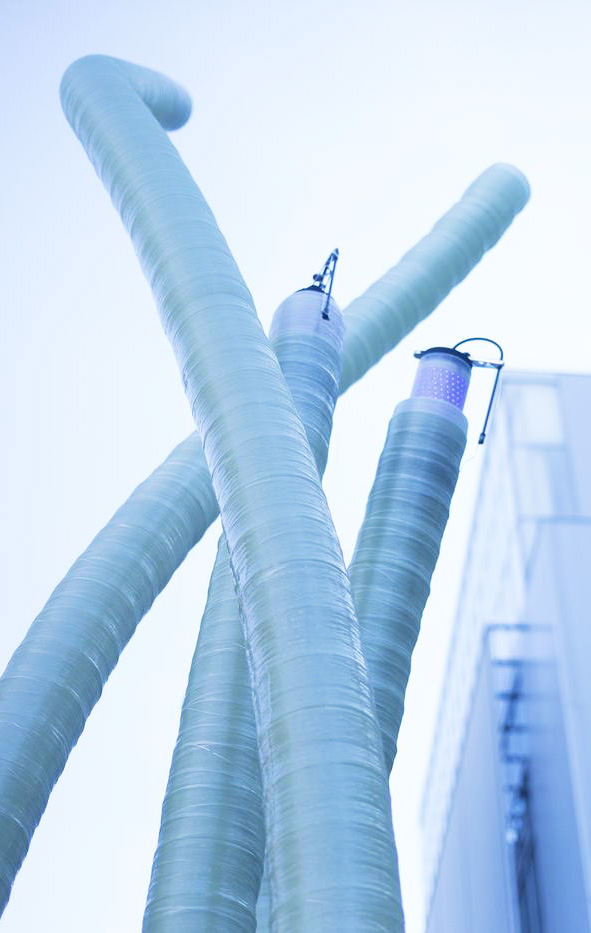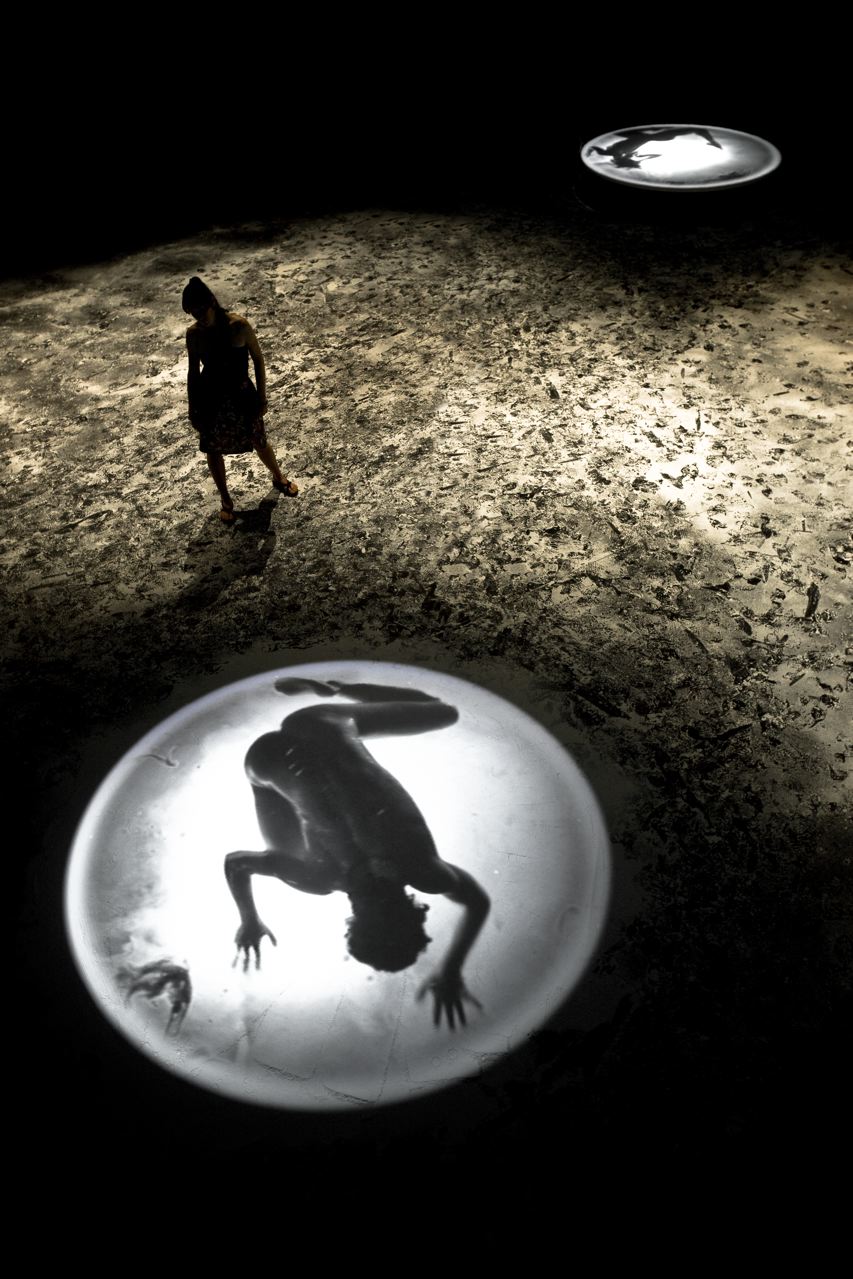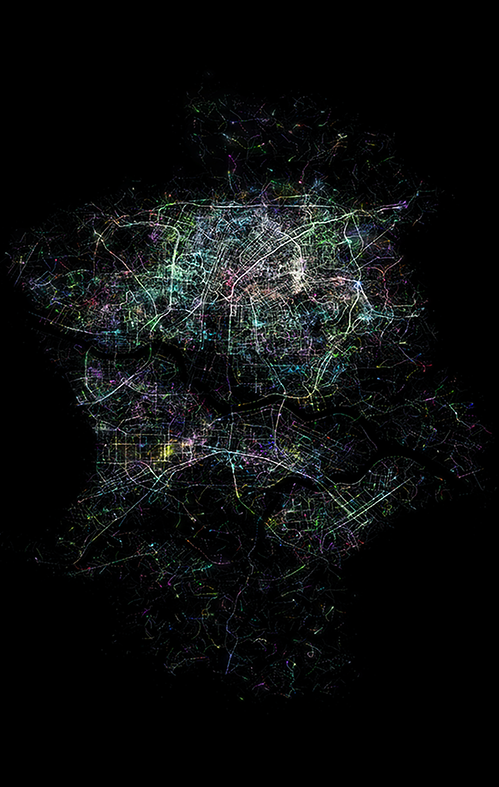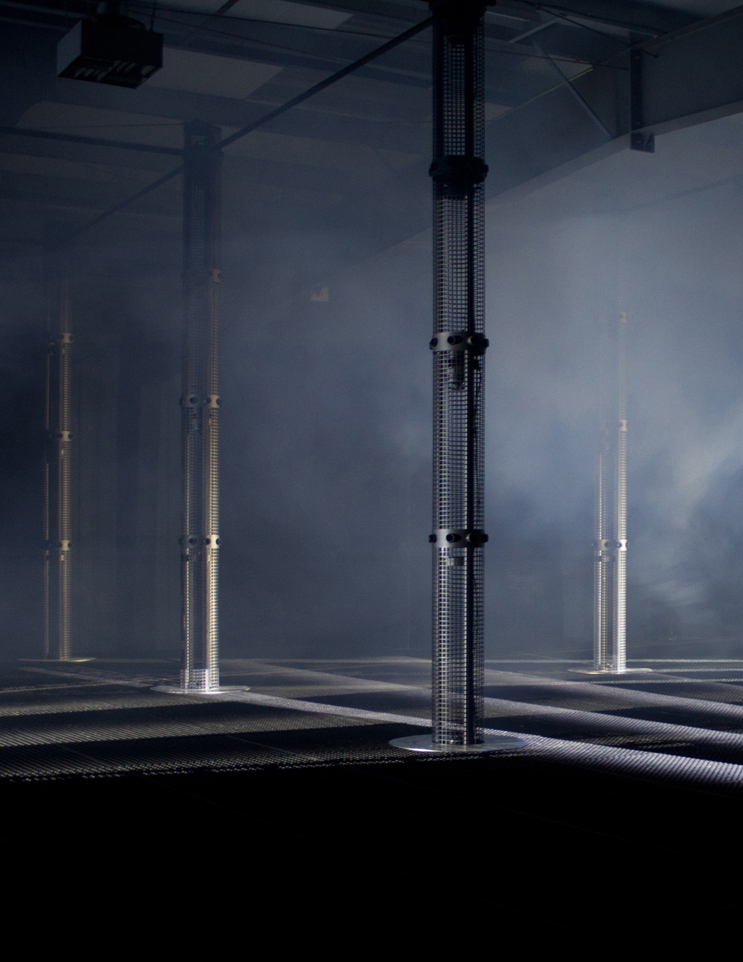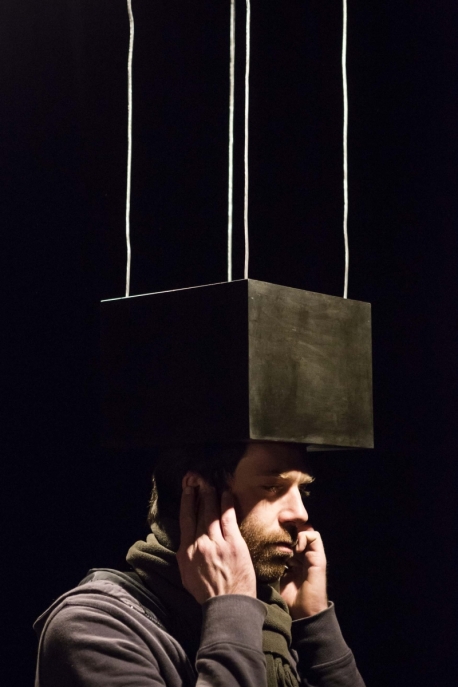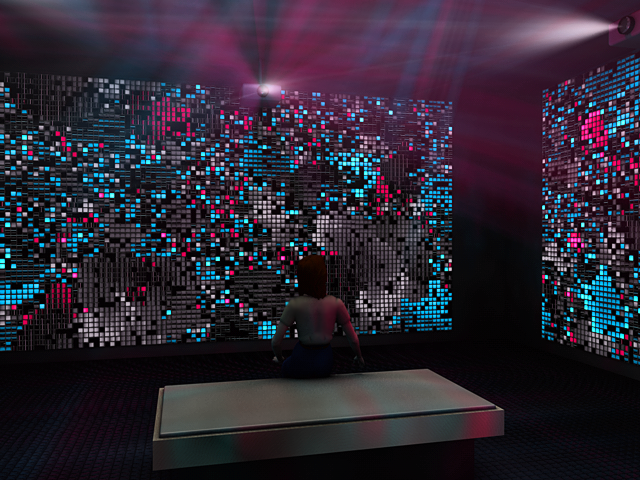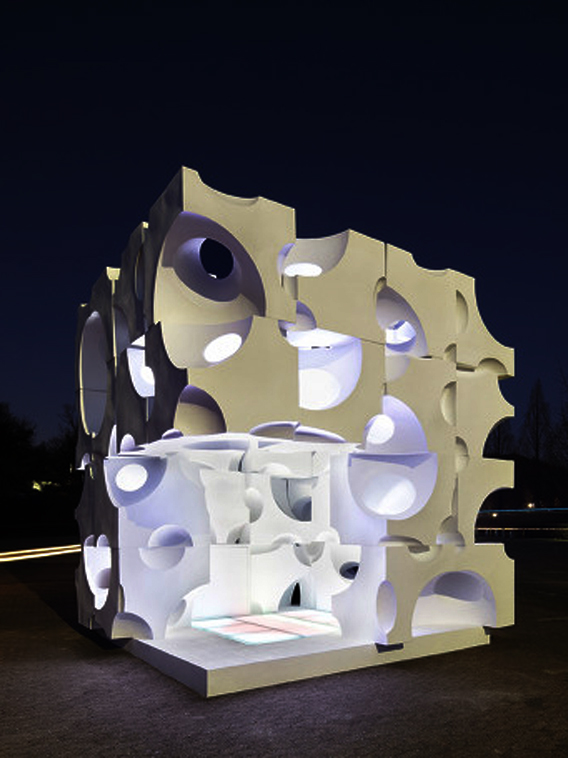
LUCIO FONTANA
Spatial Environments with neon
Ambiente spaziale con neon
Fontana’s “Spatial Environments” are considered the most innovative outcome of the theories about space that Lucio Fontana first expressed in his Manifiesto Blanco of 1946. Here and in later manifestos, he described a new form of visual representation linked to space and time, which would move past the classic materials of sculpture and painting and employ modern technology to create “artificial forms, rainbows of wonder, words written in light” […] Ambiente spaziale con neon had a single red bent neon hanging from the ceiling in a room covered with pink fabric.


